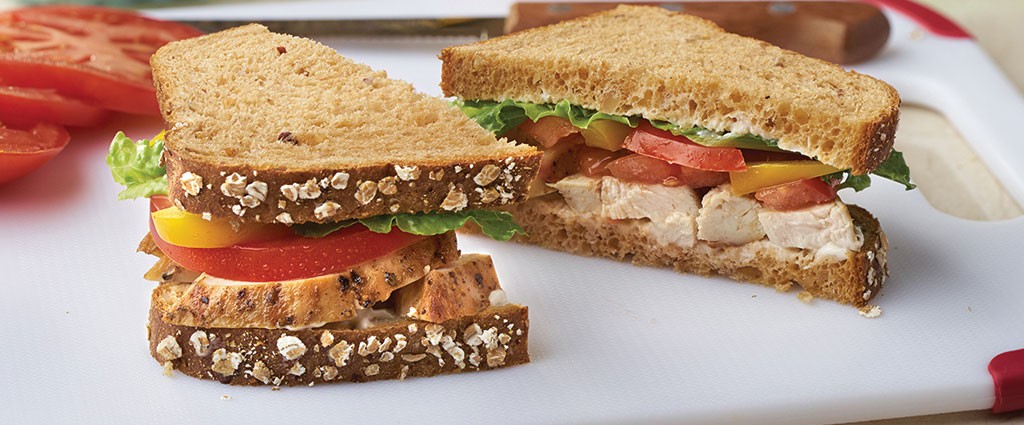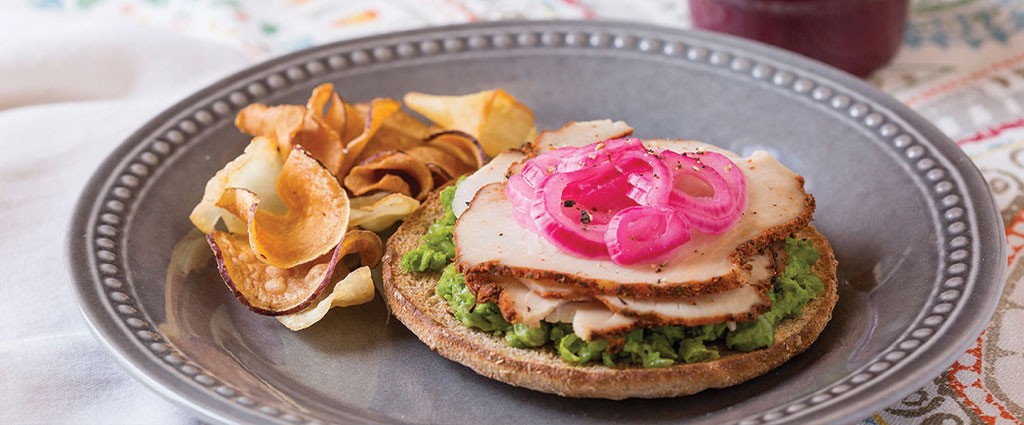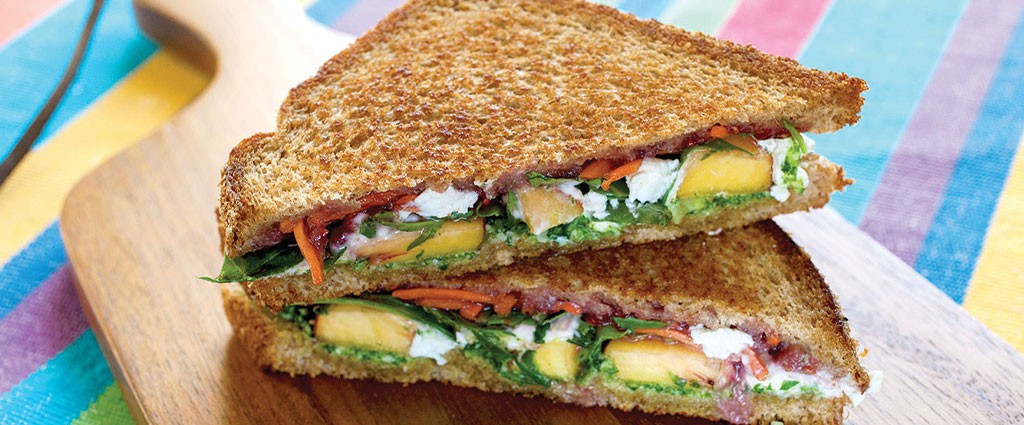Clean Label Eating
The clean eating trend has brought about a new and improved consumer food philosophy. Here's what you need to know about clean labels.
BY VICKI MARTINEZ
Reading labels has become second nature as shoppers strive to eat healthier. We’re more educated than ever on what types of ingredients should and, more importantly, shouldn't appear on those labels. As a result, the demand for even greater transparency within the food industry has gained momentum.
It's the new battle cry in healthier-eating camps: clean label eating.
What is Clean Label Eating?
No longer are we content to read a label then return the item to the shelf if we don't care for the ingredients. We want companies to change the ingredients they use so we don't have to take a pass on some of our favorite foods.
There's no official definition for clean label, but consumer consensus agrees that it begins with simple, natural ingredients. A clean label food has no artificial or synthetic ingredients, plus ingredients that are minimally processed. As an example, clean food products use natural ingredients to add flavor and color, not multiple 15-letter-long chemicals to achieve their goal.
Bonus: the health benefits of those natural ingredients come along for the ride.
How to Eat the Clean Label Way
The golden rule of clean label eating is to look for ingredients that are close to their original form. Clean equals natural. Clean equals simple. And, in most cases, clean equals fewer ingredients.
That's the easy part. But there are alternative, more healthful ingredients on labels that may seem unnatural or chemical in nature but are healthy clean label options. For example:
- Methylcobalamin: naturally occurring form of Vitamin B12
- Tocopherol: scientific name for Vitamin E
- Xylanase: plant-based replacement for synthetic emulsifiers used in baking; found in fiber-rich foods
Because the FDA has yet to create guidelines for labeling products as clean, to begin clean label eating it helps to know what to avoid.
A Clean Label Champion
In an industry where artificial ingredients, dough conditioners, and synthetic dough strengtheners have been the norm, Bimbo Bakeries USA (BBU) emerges as a leader in clean label baking. Their “NO ADDED NONSENSE” promise clearly outlines ingredients that should not appear on the ingredient list if a product is labeled clean:
- High-Fructose Corn Syrup
- Partially Hydrogenated Oils (PHOs)
- Artificial Preservatives
- FD&C Artificial Colors
- Potassium Bromate
- SSL/CSL
- Azodicarbonamide (ADA)
- Bleached Flour
As of spring 2019, you'll find none of the above ingredients in most Arnold / Brownberry / Oroweat products.
When it comes to cleaning up labels, BBU isn’t loafing around.







Share this Post